Orthotics
Orthotics are typically used in the following instances, with these categories often overlapping:
- Support of an injured joint or body part – to allow for healing to occur safely
- Improved functioning as a result of misalignment or weakness – often used over the long term
- Protection against injury – often used in sport
- Correction or prevention of deformity – often as a result of neuromuscular or degenerative conditions
- Protection against injury – often used in sport
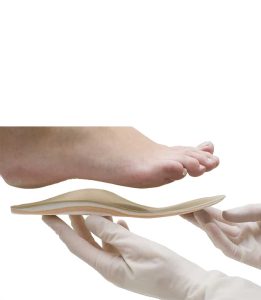
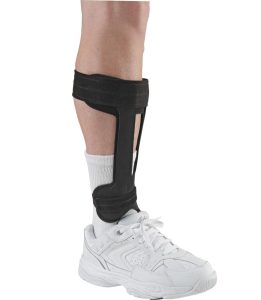
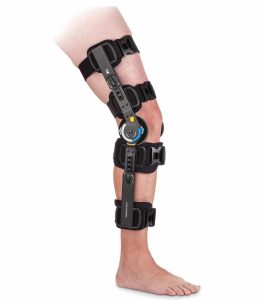
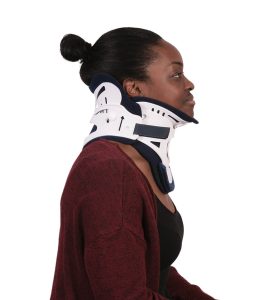
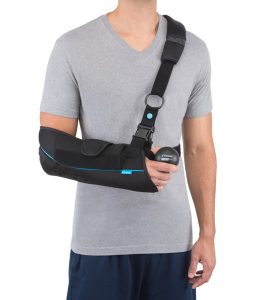
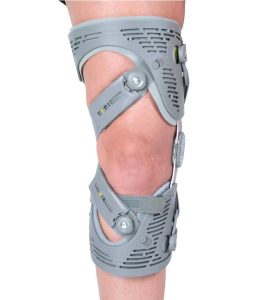
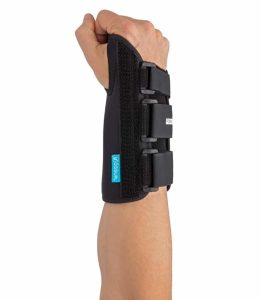
Orthotics can be custom made by an orthotist or pre-made by orthotic brace manufacturers and fitted to the patient by an orthotist. Pre-made orthotics are commonly referred to as ‘off the shelf’ (OTS) orthotics.
Orthotists also often dispense mobility aids such as crutches, walkers and wheelchairs. These are, however, not provided exclusively through orthotists, as there are other medical professionals and retail outlets that also sell mobility aids.

